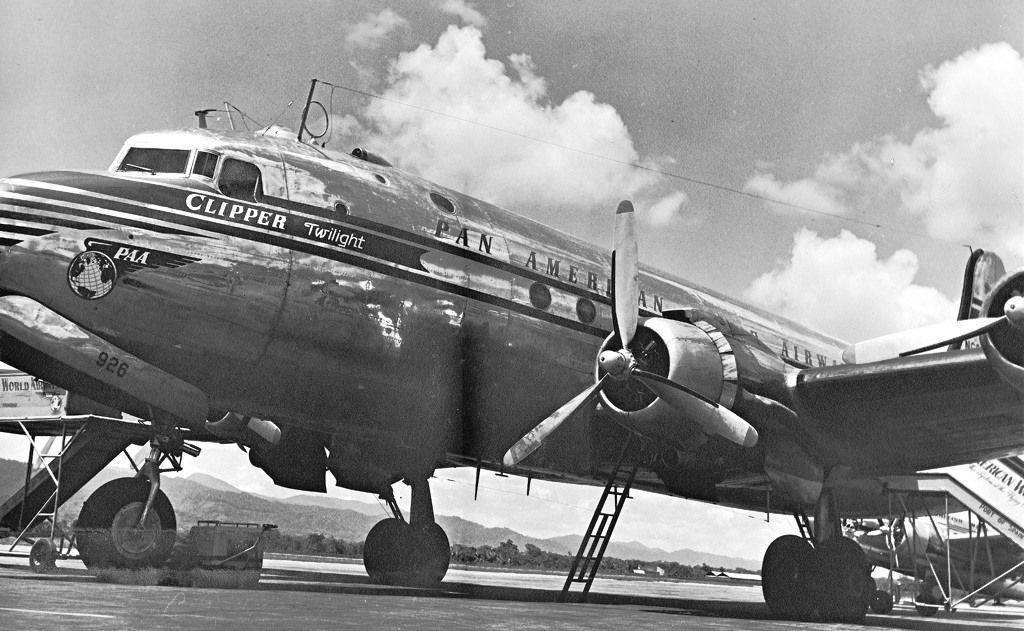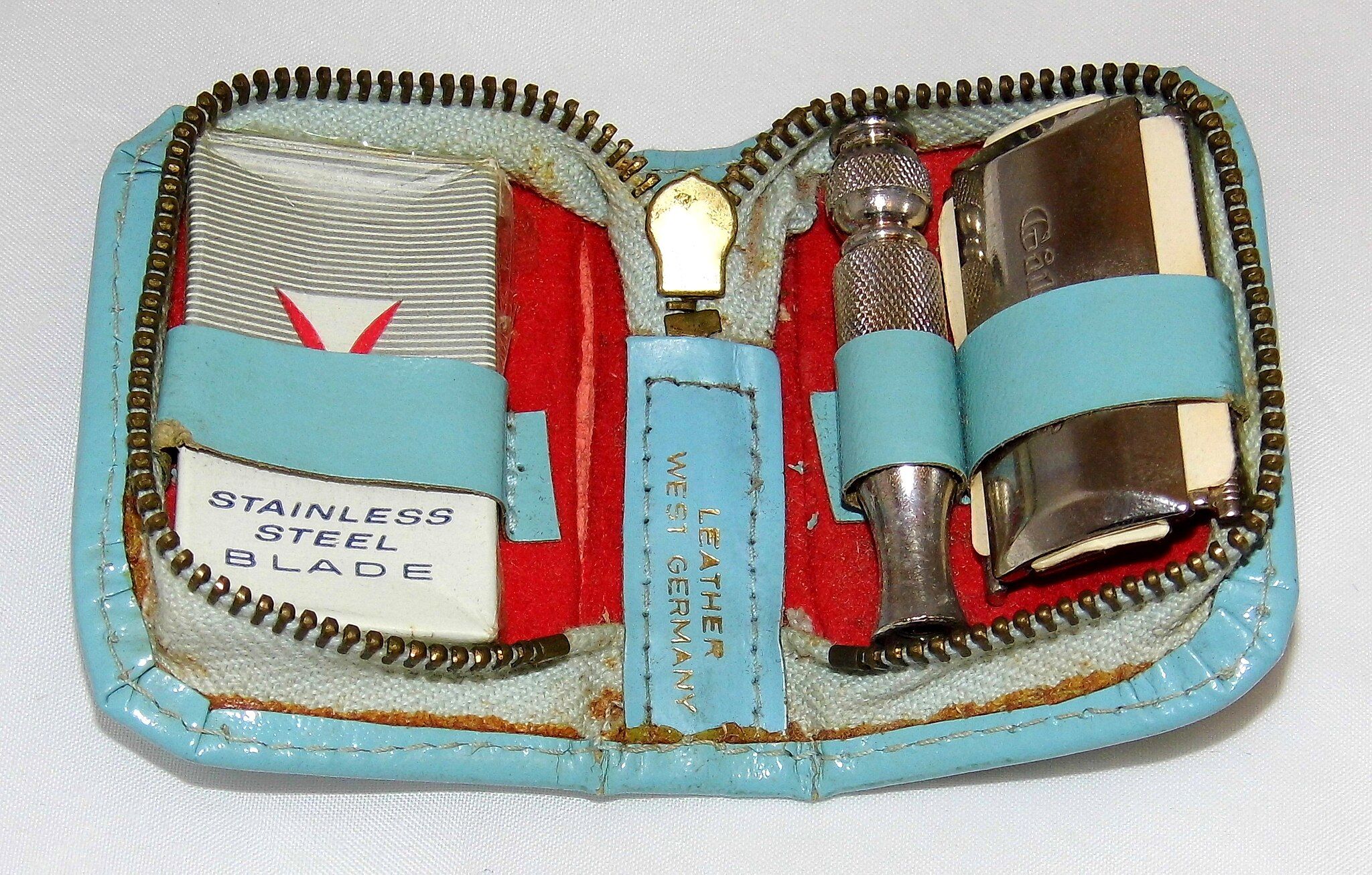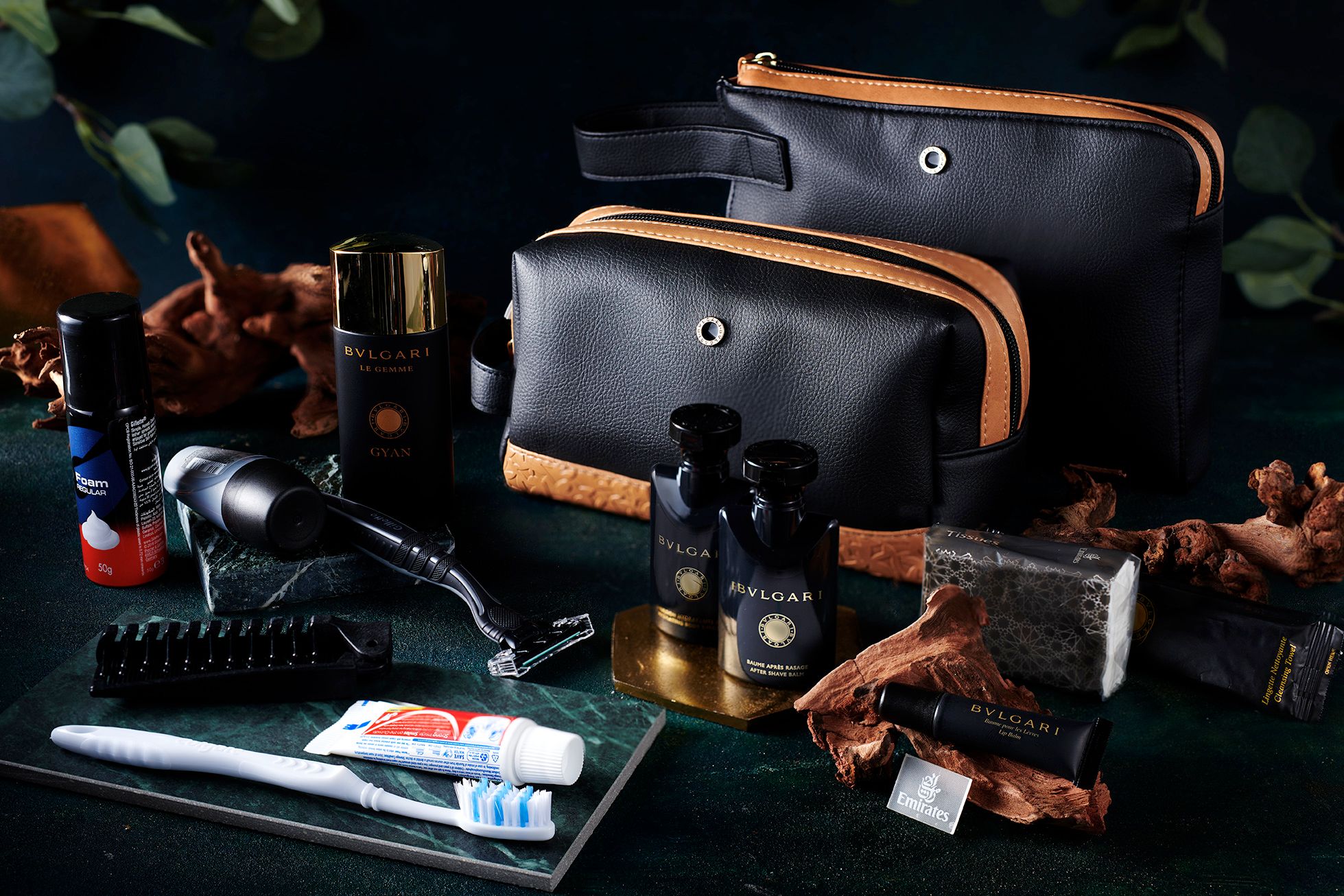Summary
- Amenity kits in early aviation were focused on preventing discomfort rather than promoting luxury, with items like chewing gum and cotton balls.
- During the 1950s and 1960s, airlines aimed to provide passengers with a luxurious experience, offering elaborate amenity kits with high-end products and extras like playing cards and cigarettes.
- As air travel became more accessible, amenity kits shifted towards practicality and inclusivity, featuring a mix of essentials and comfort items, and offering personalization options for different cabin classes.
Air travel has come a long way since its humble beginnings, and one aspect that has significantly evolved over the years is the passenger experience – particularly, comfort and convenience. One fascinating journey through aviation history takes us back to the early days of amenity kits: those thoughtful bundles of comfort and luxury that have become a staple for modern-day travelers.
The early days
The dawn of commercial aviation was marked by an era of discovery, when flying was considered uncomfortable. At the time, amenity kits were not as widespread as they are today, but the concept was already taking root.
Early amenity kits comprised chewing gum (to stop passengers’ ears from popping) and cotton balls (to dampen engine noise). Sometimes, shaving blades were also included – drastically different to what we’d find in an amenity kit today. These kits were given out to prevent discomfort, as opposed to modern-day kits, which are meant to promote comfort.
Discover more aviation news about the passenger experience here.
The Golden Age of travel
During the transformative decades of the 1950s and 1960s, airlines went to great lengths to provide passengers with an unforgettable experience. Amenity kits were more elaborate, featuring higher-end products that reflected the luxurious atmosphere of air travel.
Airlines like Pan American World Airways and Trans World Airlines set the standard for in-flight elegance. Their amenity kits were akin to miniature treasure chests, containing luxurious items such as perfumes, lotions, and fine soaps. Some kits even came with playing cards and cigarettes.
Transitioning to modern practicality
As air travel became more accessible to a wider range of passengers, the focus on luxury began to shift towards practicality and inclusivity. The oil crisis of the 1970s and subsequent economic challenges prompted airlines to reevaluate their approach to in-flight services.
Amenity kits evolved to meet the changing demands of the times. They started to feature a balanced mix of essentials and comfort items, catering to a broader audience. Airlines embraced the concept of personalization by offering kits in different designs or variations for different cabin classes.
Get the latest aviation news straight to your inbox: Sign up for our newsletters today.
Amenity kits today
In the 21st century, amenity kits have found their place as an essential component of the modern air travel experience. They have become an embodiment of an airline's brand, culture, and commitment to passenger comfort.
Today's amenity kits are a careful blend of practicality and luxury as airlines strive to strike the right balance by providing passengers with items that enhance their journey. These kits often include skincare products, toothbrushes, earplugs, and other essentials, accompanied by items like designer sleep masks, cozy socks, and high-quality headphones.
Want answers to more key questions in aviation? Check out the rest of our guides here.
The evolution of amenity kits in air travel showcases the dynamic nature of the aviation industry. From their humble beginnings as basic necessities to becoming symbolic artifacts of aviation's golden era, and finally adapting to the diverse needs of modern travelers, amenity kits have witnessed and mirrored the changes in air travel.



